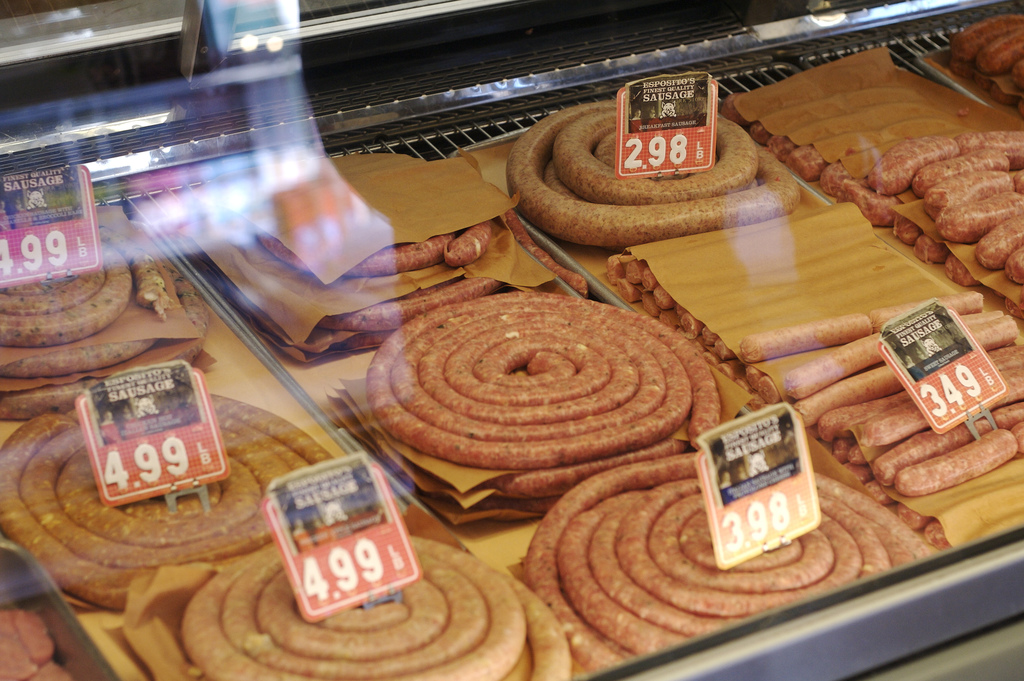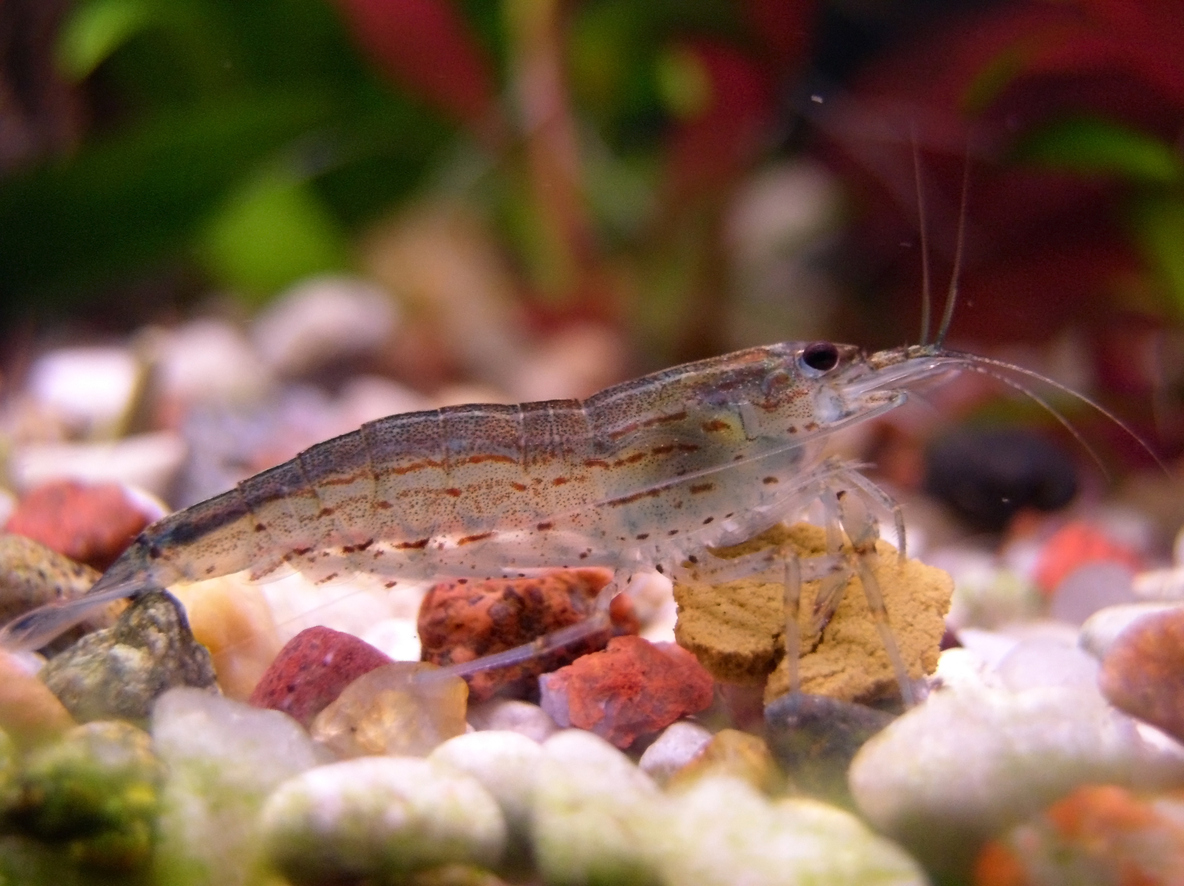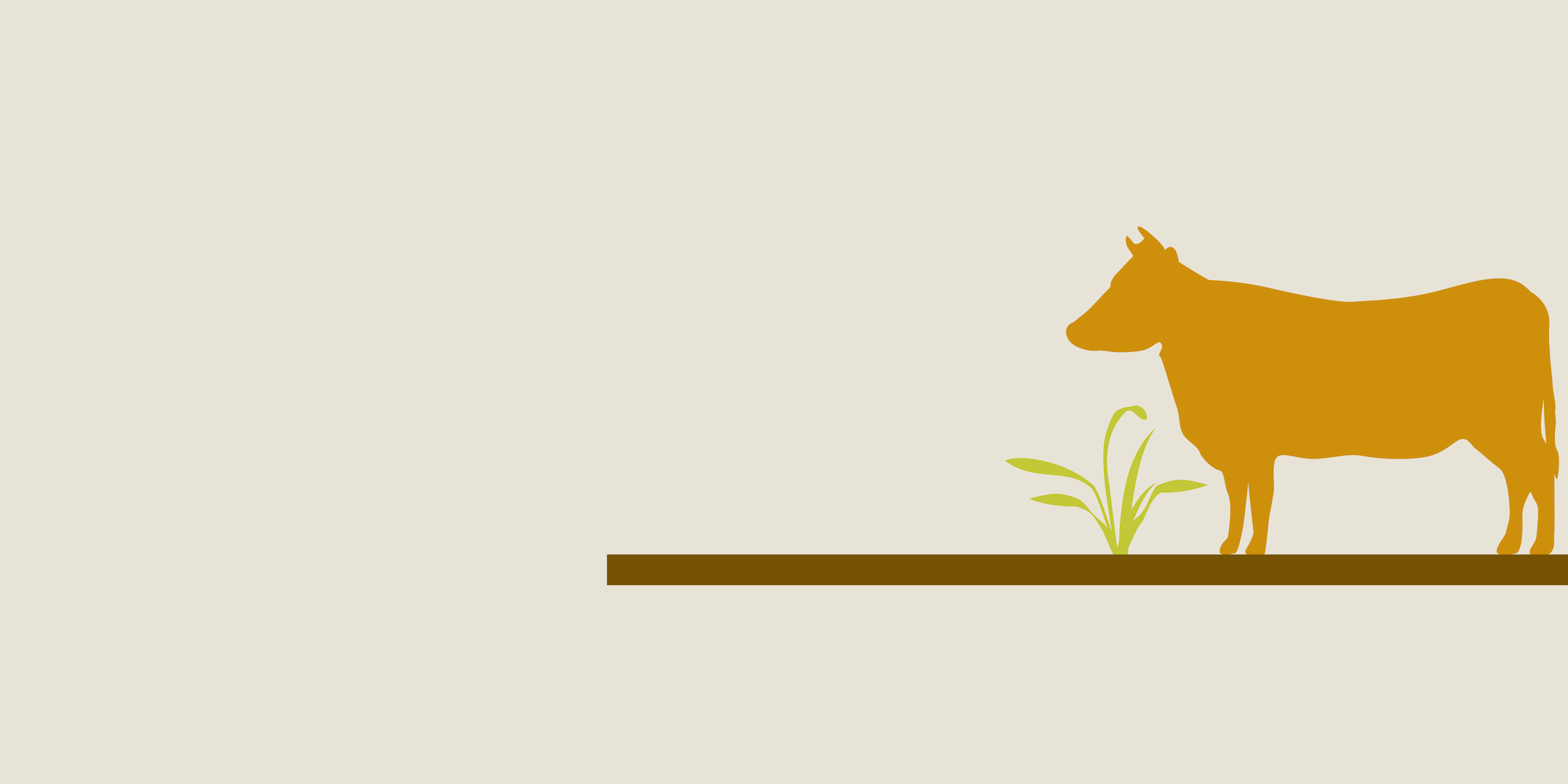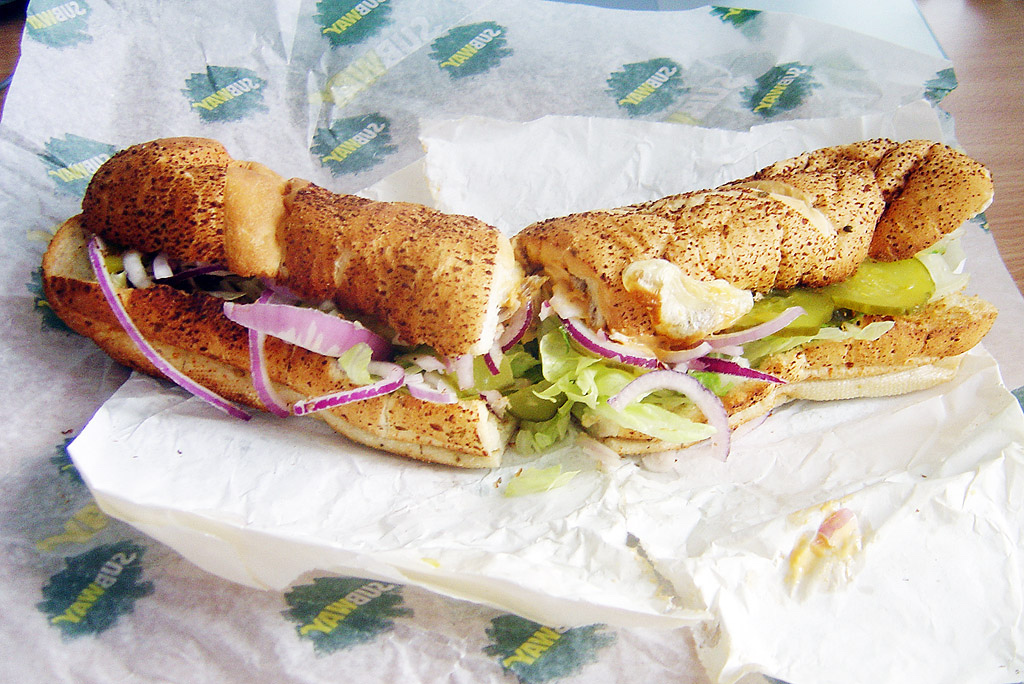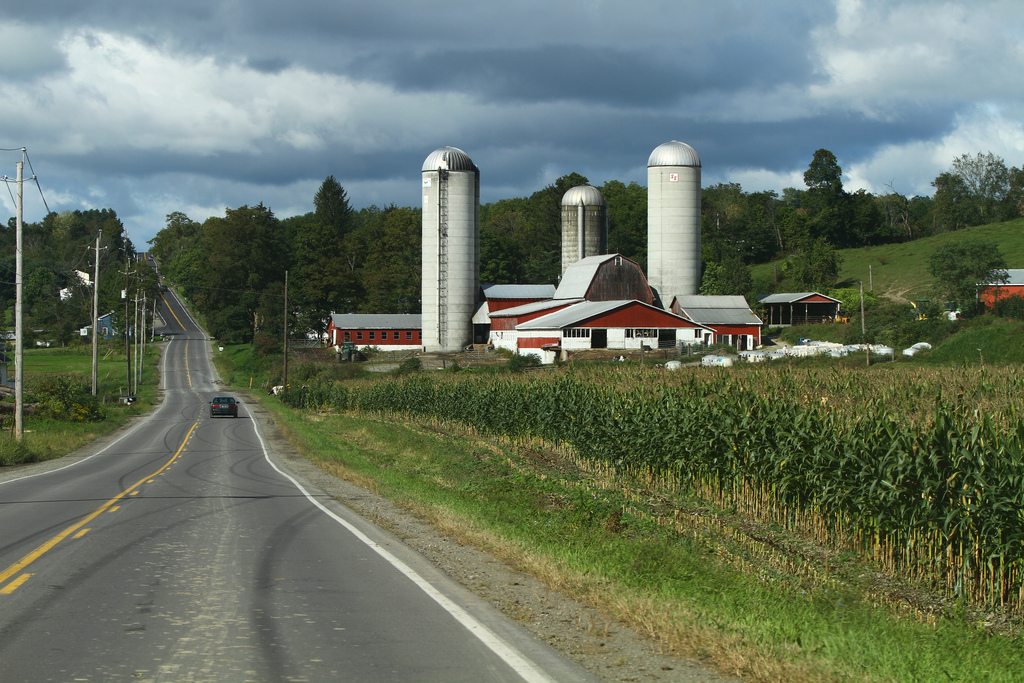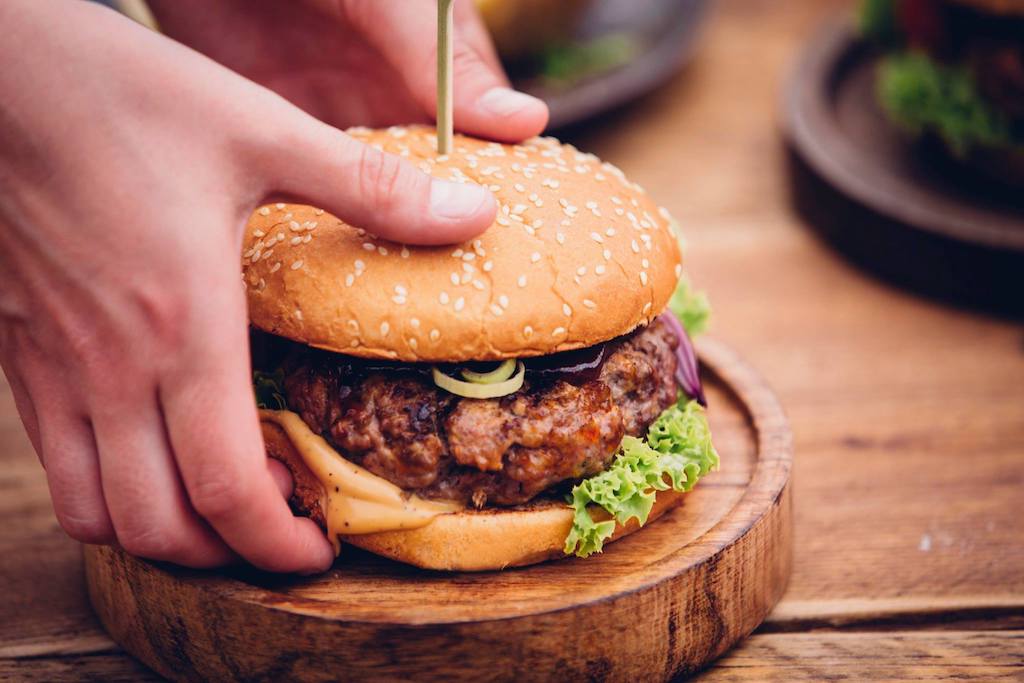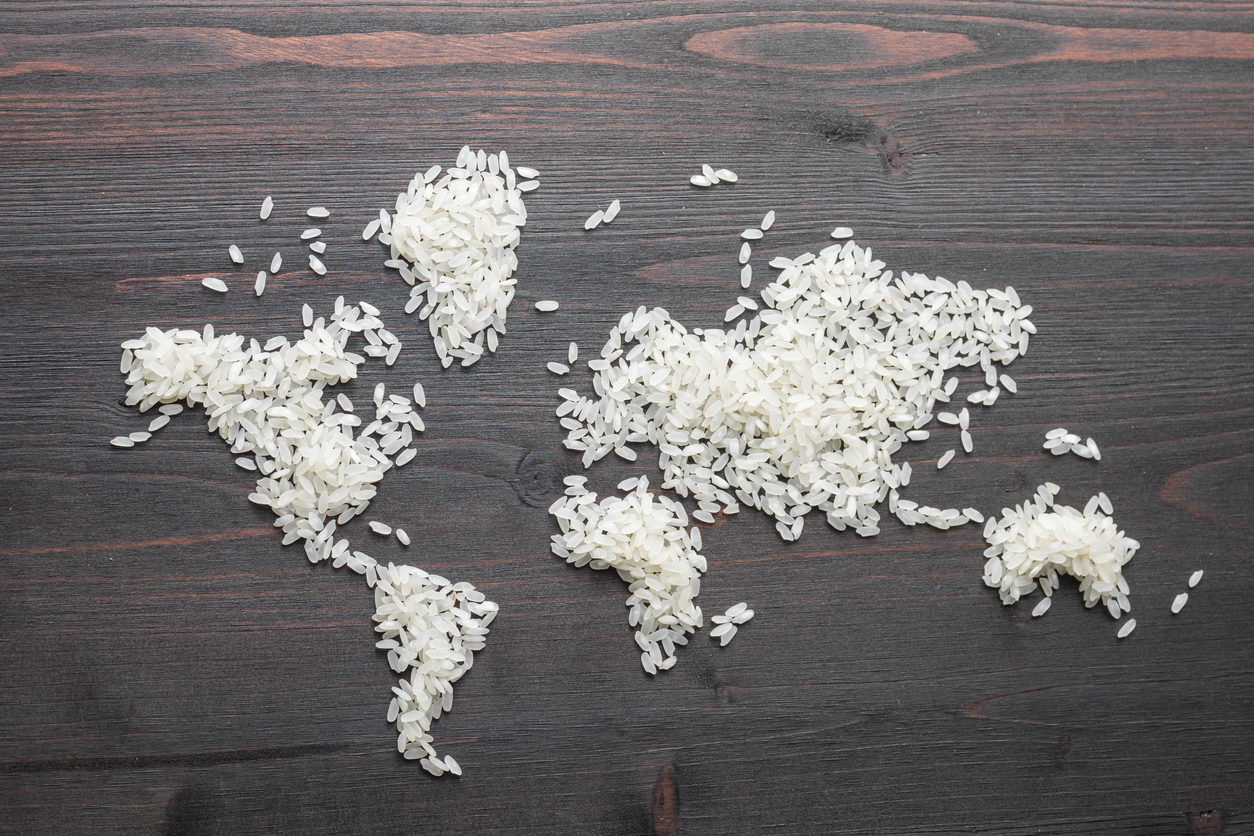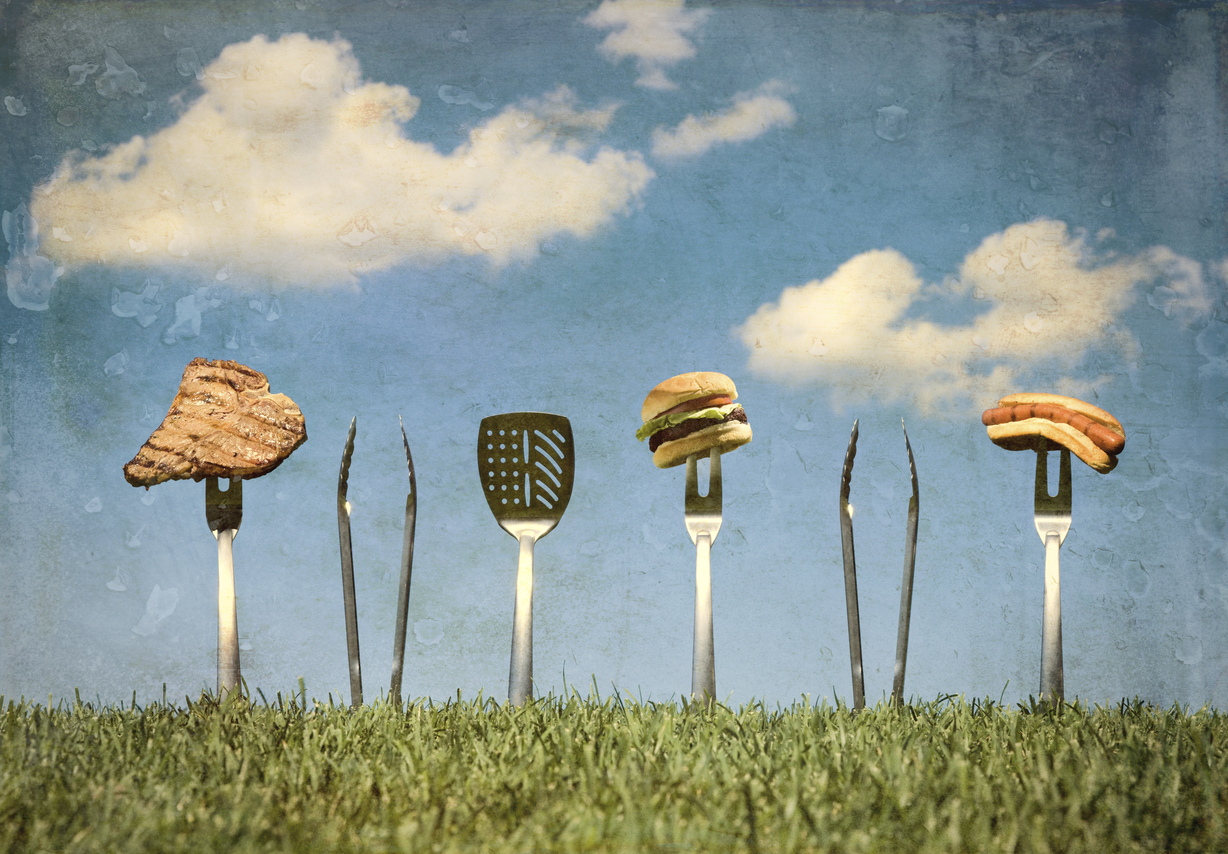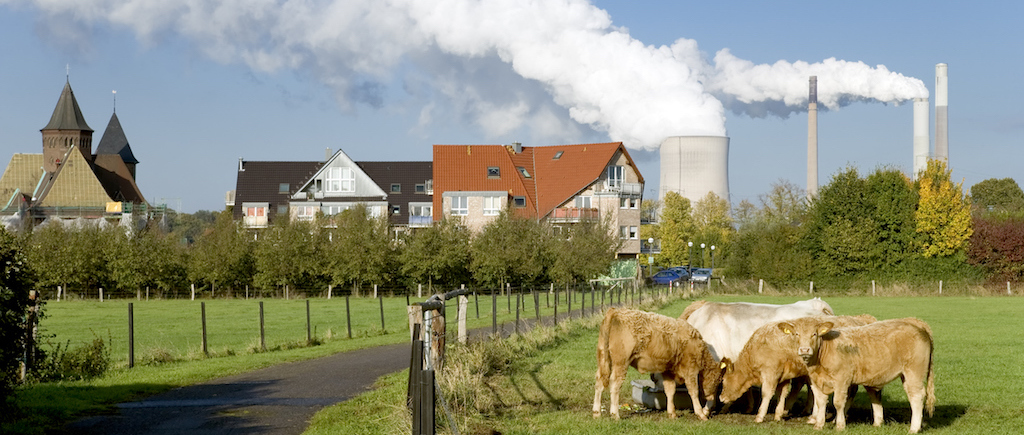
iStock / RelaxFoto.de
A study released on Wednesday found that the world’s top five meat and dairy producers combined—Brazil’s JBS, New Zealand’s Fonterra, Dairy Farmers of America, Tyson Foods, and Cargill—emit more greenhouse gases than Exxon-Mobil, Shell, or BP. Here’s another way to look at it: If these meat and dairy companies continue to grow based on current projections, by 2050 they will be responsible for 81 percent of global emissions targets.
The report, released by the Institute for Agriculture and Trade Policy (IATP) and the international nonprofit GRAIN, bases its calculations on a method of accounting that includes the entire supply chain. Rather than stop at milk trucks and processing plants, the authors argue, a full account of emissions from meat and dairy should also include energy used in manufacturing fertilizer and growing the animals’ feed. These supply-chain emissions can account for 80 to 90 percent of the total energy it takes to put a bottle of milk on the shelf.
 GRAIN and the Institute for Agriculture and Trade Policy
GRAIN and the Institute for Agriculture and Trade Policy The above graphic shows the number of metric tons (mt) of greenhouse gas emitted by meat and dairy companies compared to the amount emitted by oil and gas multinationals
“It’s widely accepted that you can’t be a company operating in a sector where the products you’re selling are responsible for huge amounts of emissions without considering that the impact is part of your own,” says study author Devlin Kuyek. He compares meat companies that calculate emissions without including livestock feed to Exxon claiming it’s responsible only for its oil rigs and refineries, and not the greenhouses gases released into the atmosphere once its gas is burned.
According to the report, half of the top 35 meat and dairy companies don’t publicly release any emissions numbers, and the ones that do are all over the place. JBS, the largest livestock producer in the world, claims its calculations include the entire supply chain. But when the researchers checked the company’s numbers against a system established by the United Nations Food and Agriculture Organization (UNFAO), they found that JBS’s estimates came in at just 3 percent of the independent evaluation. Cargill and Tyson don’t include supply-chain emissions in their public reporting or reduction targets, and just six of the top 35 meat and dairy companies have publicly announced plans to reduce emissions along the supply chain.
Calculations aside, Kuyek says the report illuminates an existential problem in meat and dairy production: These companies envision a world where per-capita consumption continues to rise. They’re ramping up exports, lobbying legislatures, and pushing for deregulation in the name of more meat for more people, yet those targets are fundamentally at odds with a changing climate. In 2014, JBS predicted global meat consumption would hit 105 pounds per person by 2030, up 30 percent from 81 pounds per person in 1999—great news for the beef business. By contrast, Greenpeace estimates global per-capita meat consumption actually has to fall to 35 pounds per person by 2050 to meet goals set by the Paris Climate Agreement, which the United States withdrew from in August of 2017. The Tysons of the world shouldn’t be trusted to pursue unfettered growth and meaningful emissions reductions in equal measure, the authors argue. That means governments will have to intervene.
“There should be really a clear directive and policies and regulations that create a food system in which there is production of enough meat to eat—moderate consumption levels for everyone. And that can provide dignified remuneration to the farmers and good working conditions for workers in the industry. That should be something that companies should have to comply with,” Kuyek says.
It sounds so crazy it just might work. Kuyek lives in Canada, and he’s seen a successful version of this approach to regulation firsthand. Canada’s dairy farmers operate under a system called supply management, which means the government sets production quotas and farmers aren’t allowed to produce more than their allotment. He calls it a “pretty fair system,” adding that governments could consider environmental goals when setting quotas for milk and dairy. President Trump and other world leaders have called Canada’s dairy policy protectionist because the success of supply management depends in part on maintaining high tariffs on dairy imports.
The meat industry has never worked under quotas, and the few corporations that control the vast majority of meat production in this country would likely fight tooth and nail to avoid caps on growth. But Kuyek argues they’ll never reduce production voluntarily—and that improvements to productivity and efficiencies won’t do the trick, either. “We have a major problem in the growth strategies of these companies—emphasis on exports and overproduction,” he says. “There’s no way it would be possible to achieve our objectives if we’re not making some serious changes in the way the system functions.”

